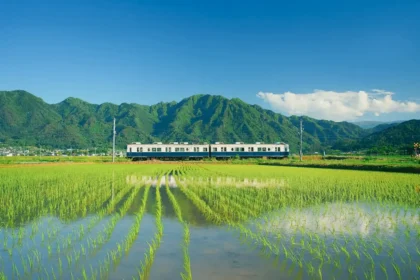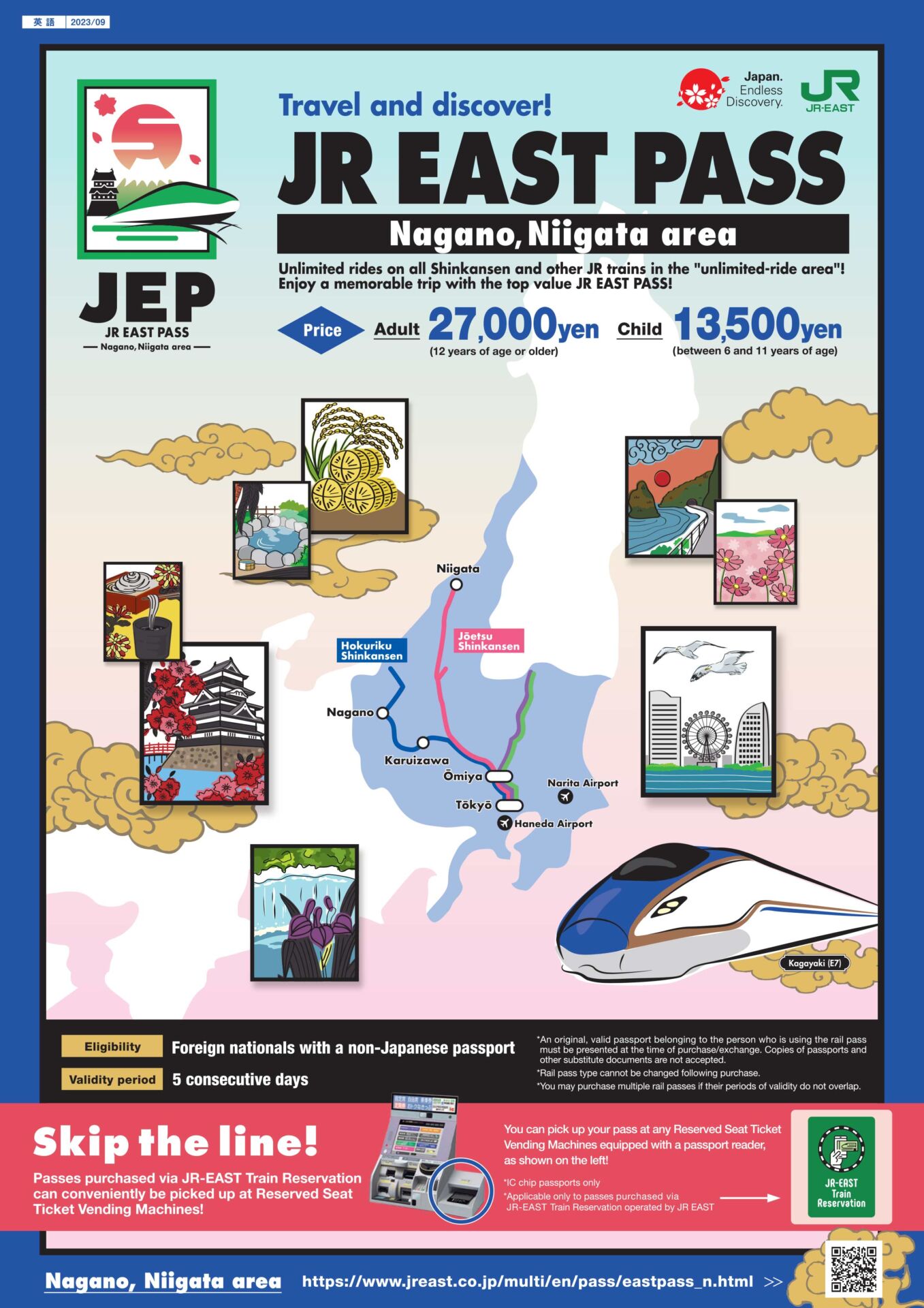
Japan’s 'Shinkansen' network – often referred to as the ‘Bullet Train’ by international visitors – spans the country and connects the cities and regions of Japan with a highspeed rail network that is the envy of the world. On this page you will find the following information:
— Services Covered by the Pass
— Eligibility for a JR East Pass
— Exchanging & Activating Your Pass
— Should I Buy a JR East or Full JR Pass?
— Things to Do Near Tokyo : Best Day Trips and Overnight Getaways
The shinkansen is hugely convenient but also expensive, particularly for longer journeys, making the Japan Rail (JR) Pass economical and convenient for visitors planning visits including multiple destinations. For visitors whose travel plans don’t extend across the country, a regional JR Pass makes more sense. In the case of visitors coming to the Nagano or Tohoku areas, the JR East Passes for Nagano/Niigata and Tohoku offer great value. The Nagano/Niigata Pass is valid for use on the Hokuriku Shinkansen - covering Tokyo to Joetsu-Myoko including Nagano - and the Joetsu Shinkansen – covering Tokyo to Niigata – and other services including the Narita Express and Tokyo Monorail to and from the airports. Meanwhile, the Tohoku Pass is best for those travelers who would like to use the Tohoku, Akita, and Yamagata Shinkansen services to explore the Tohoku area from Tokyo – however, it also offers access to the Joetsu Shinkansen up to GALA Yuzawa station (during the ski season, otherwise up to Echigo-Yuzawa Station), and the Hokuriku Shinkansen up to Sakudaira Station (as this includes Karuizawa, travelers who want to go, for example, to Sendai and Karuizawa from Tokyo should consider this pass instead of the Nagano/Niigata Pass)
SERVICES COVERED BY THE PASS
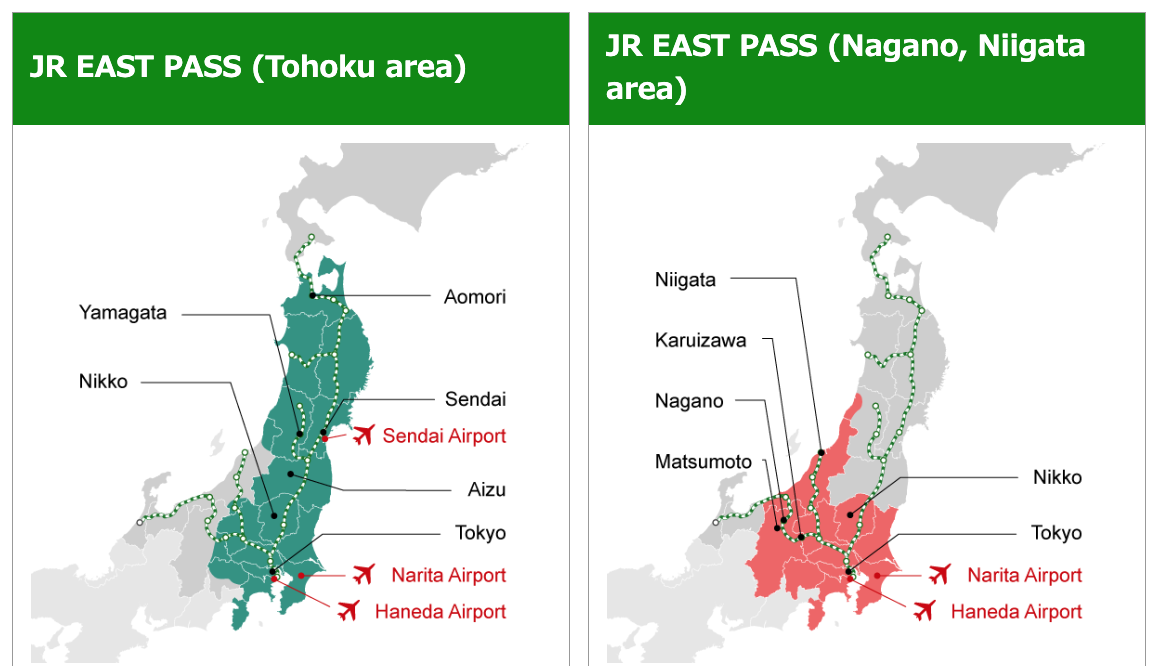
While these passes are comparable to the full Japan Rail (JR) Pass, the first thing to note is a key difference in the periods that the pass covers. Both the JR East Nagano/Niigata Pass and the Tohoku Pass cover 5 consecutive days of use. (from date of first use). This is an important distinction compared to the full JR Pass (which covers unlimited use for periods of 7, 14, and 21-day periods). Use of any service – whether it’s for an hour or a whole day – will count as the start of your five days, so make sure to plan ahead to maximize your usage of the pass. Both passes cover all JR East lines in their respective regions. For the Nagano/Niigata Pass, this includes the Hokuriku Shinkansen and Joetsu Shinkansen lines and airport services including the Narita Express (N’EX) to Narita Airport, Tokyo Monorail to Haneda Airport and other services. For the Tohoku Pass, this means full access to all stops along the Tohoku, Akita, and Yamagata Shinkansen, as well as partial access to the Joetsu and Hokuriku Shinkansen lines, in addition to the same train services in the Tokyo area as the Nagano/Niigata Pass.
TYPES OF PASSES & PRICES
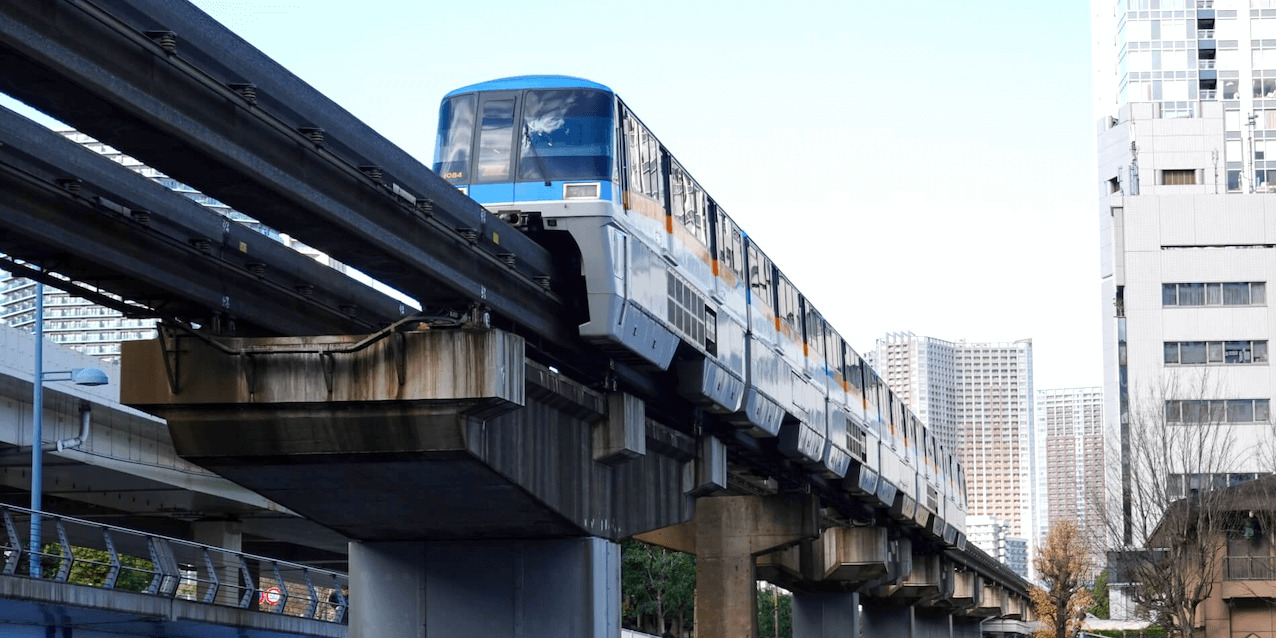
Pricing between the two passes differs only slightly. The price of the Nagano/Niigata Pass is JPY27,000 for adults (aged 12 and over) / JPY13,500 for children (aged 6-11). The price of the Tohoku Pass is higher, at JPY30,000 for adults / JPY 15,000 for children, but it also allows pass holders to cover a longer distance on the shinkansen. Please note, as of April 2021, foreigners residing in Japan are also eligible for the pass – see below for details – and the price no longer varies whether bought online or in person.
ELIGIBILITY FOR A JR EAST PASS
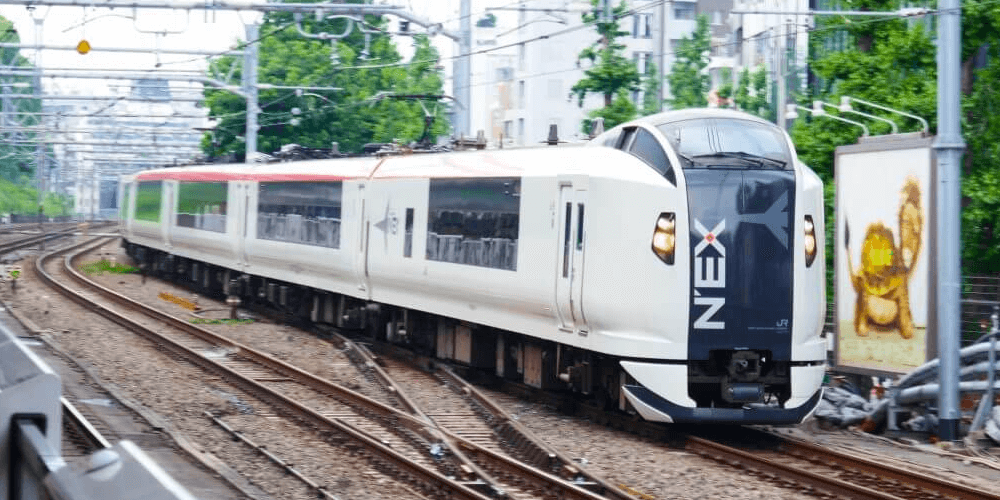
As of April 2021, all foreign passport-holders on temporary visas in Japan (or intending to enter on a temporary visa) are eligible for both passes. This includes foreign residents of Japan on any type of temporary visa. The previous rule restricting these passes to only those people who will be entering Japan on a temporary visa (not those who are already in the country) is no longer in effect.
PURCHASING A JR PASS
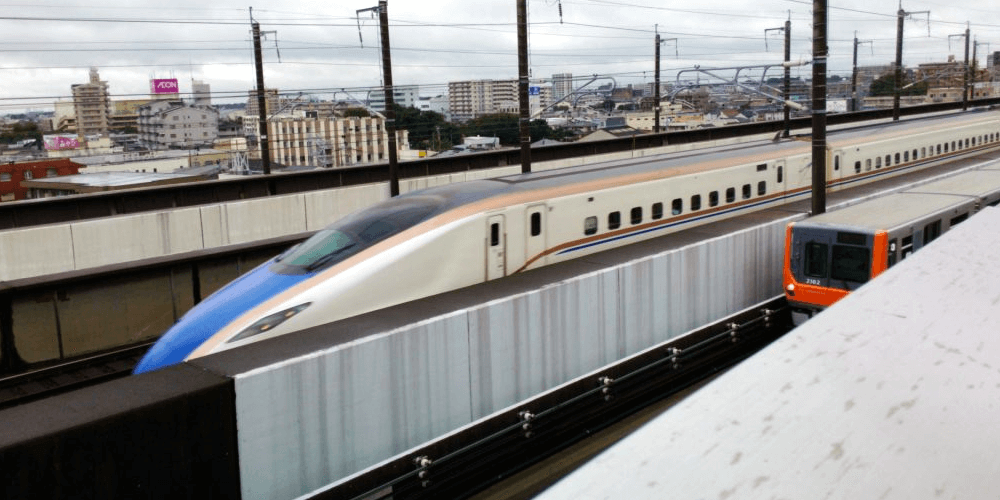
Passes can be purchased via the official JR East Pass website or via a JR-affiliated overseas sales office including overseas agencies and ticket offices in Japan including any JR East Travel Service Centre. Once you have completed payment, you will receive an exchange order. This is a proof of payment and looks almost like a flight ticket with your personal details, type of pass, and validity (three months from the date of issue). It is important to note that the exchange order is not your actual pass and will need to be exchanged for your pass once in Japan. So whatever you do, do not lose the exchange order and prioritize exchanging it for your pass when you arrive. For persons already in Japan – including foreign residents of Japan who are eligible to buy the pass as of April 2021 – the pass can be purchased online or at any JR East Travel Service Centre.
EXCHANGING & ACTIVATING YOUR PASS
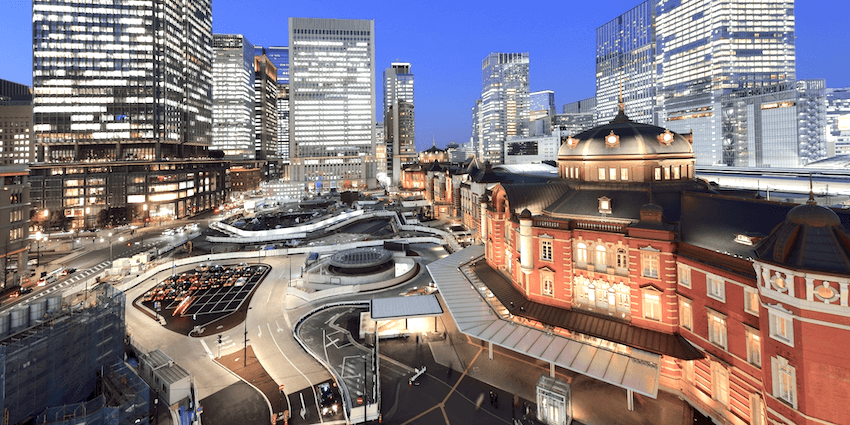
Prior to using your pass, you must actually get your hands on it by exchanging the order/proof of purchase you received online. This can be done at numerous JR Pass Exchange Offices found at any major train station or airport including Narita Airport and Haneda Airport. If you have time to do so before leaving the airport, you can use the pass immediately.
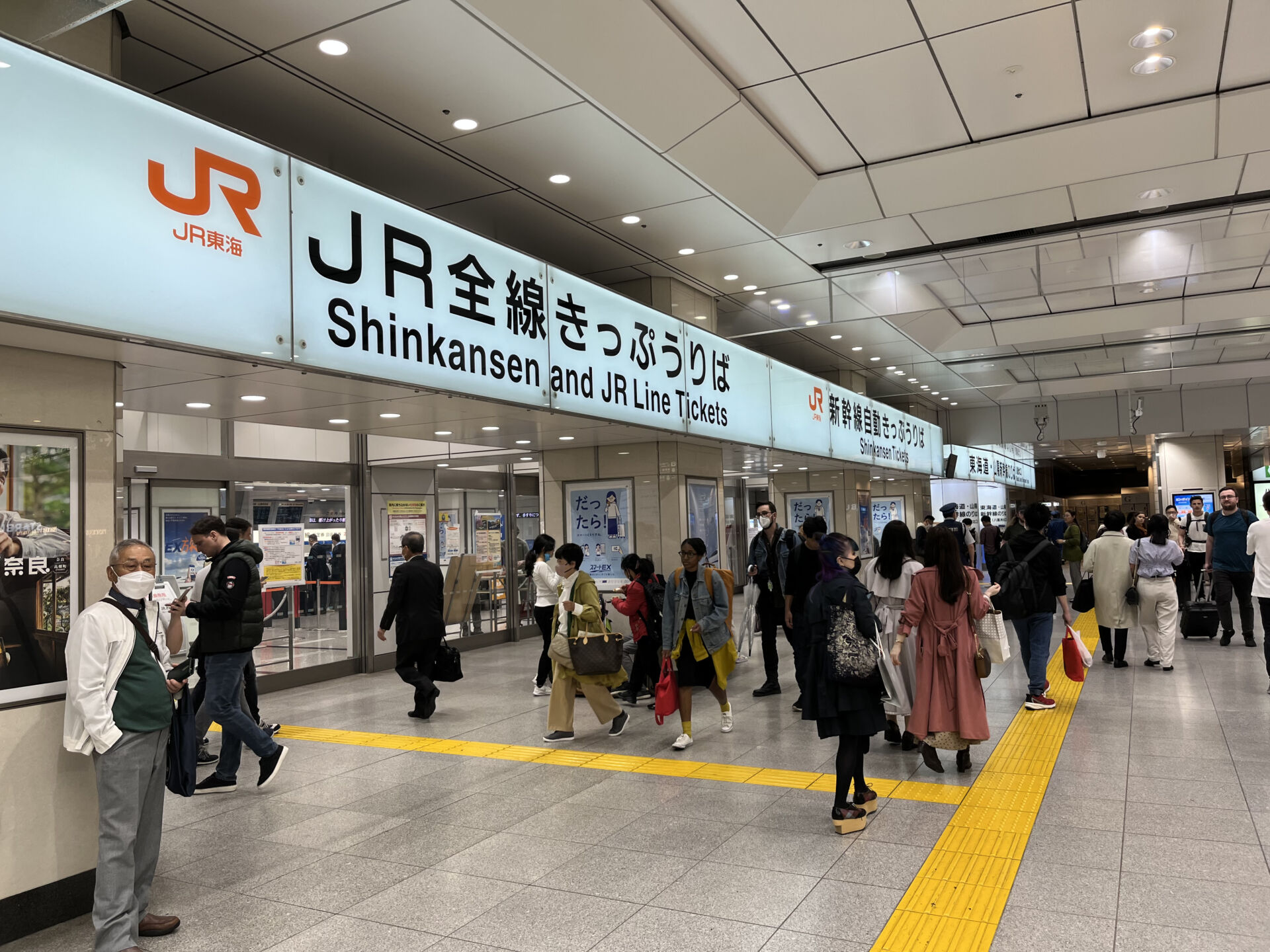
Tokyo Station is another popular place to exchange/obtain your pass at either of these offices:
-- JR East Travel Service Center (Marunouchi North Exit): 07:30 to 20:30
-- JR Central Ticket Office (Yaesu Central) : 07:30 to 20:30
-- JR Central Ticket Office (Yaesu North): 09:00 to 19:00
-- JR East Travel Service Center (JAPAN RAIL CAFE): 08:00 to 16:00
-- JR Tokai Tours Tokyo Office : 10:00 to 18:00
Travelers who have already left the Tokyo area may also exchange/purchase a JR East Pass at a number of regional stations. Travelers in Nagano Prefecture who have purchased the Nagano/Niigata Pass can exchange/purchase their pass at the Travel Service Center inside Nagano Station or at the JR EAST Welcome Center MATSUMOTO inside the Matsumoto Station building. Those who have purchased the Tohoku Pass and are already in the Tohoku region can exchange their pass at many major stations in the region, including the JR Sendai, Morioka, Akita, Yamagata, Aomori, and Fukushima stations. Please note that some of the service windows at these stations are closed during the year-end holidays (or other major holidays).
To exchange/activate your pass you will need your exchange order and passport. Make sure you allow adequate time to exchange and activate your pass if you are intending to use it on the same day or do so a day or two before you plan to start using it (you can always choose a later activation date). Once you have your activated pass you are free to ride. Previously, it was necessary to show your pass to station staff at the manned ticket gate. However, under the new system you do not need to do so; you may put your pass through the automatic ticket gates in the same manner as any other ticket. You may also use your pass to reserve seats at an automatic ticketing machine at some stations.
Passes may also be exchanged at ticket machines which are equipped with a passport reader. This may be done with no human interaction, and in situations where the line at the counter is rather long it may save you time. These machines are available at many major stations in the areas covered by both passes. For the Nagano/Niigata Pass, look for these machines at the Tokyo, Ueno, Shinjuku, Ikebukuro, Shibuya, Shinagawa, Hamamatsucho, Yokohama, Mito, Narita Airport, Narita Airport Terminal 2·3, Niigata, Nagano, and Matsumoto Stations. For the Tohoku Pass, you will find these machines at the Tokyo, Ueno, Shinjuku, Ikebukuro, Shibuya, Shinagawa, Hamamatsucho, Yokohama, Mito, Narita Airport, Narita Airport Terminal 2·3, Sendai, Yamagata, Fukushima, Morioka, Hachinohe, Aomori, and Akita stations. Machines with a passport reader equipped will have a large red or black sticker above them that says “JR-East Rail Pass”. If you have found this machine and have your passport ready, you can conveniently exchange your pass automatically.
SHOULD I BUY A JR EAST OR FULL JR PASS?
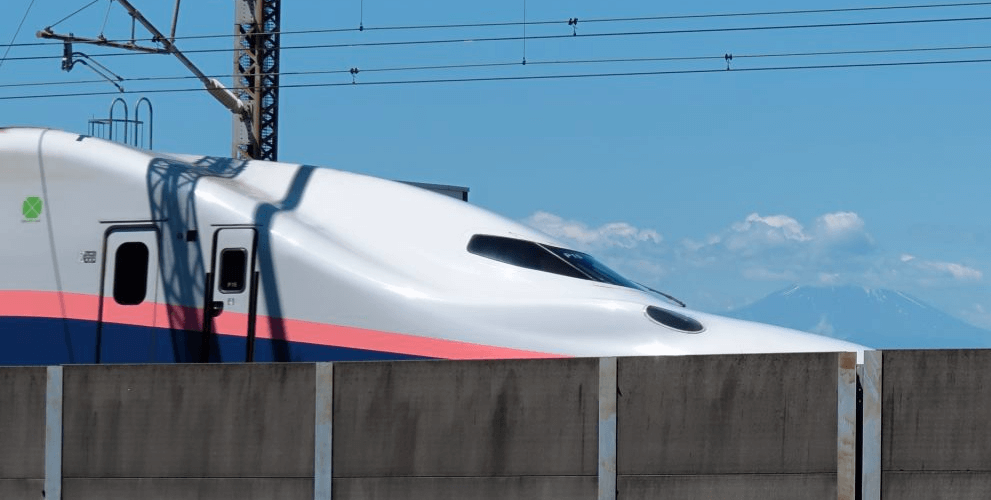
To answer this question, it is important to note that foreign residents of Japan are not eligible for the full JR Pass at this time and therefore only have the option of purchasing the JR East Pass (from April 2021 onward). For international visitors traveling to Japan, the answer to this question depends on how long you will be in Japan and what you plan to do while here. If for example, you will be in Tokyo less than a week and not planning to travel outside of the city, then a JR Pass really isn’t worth it.
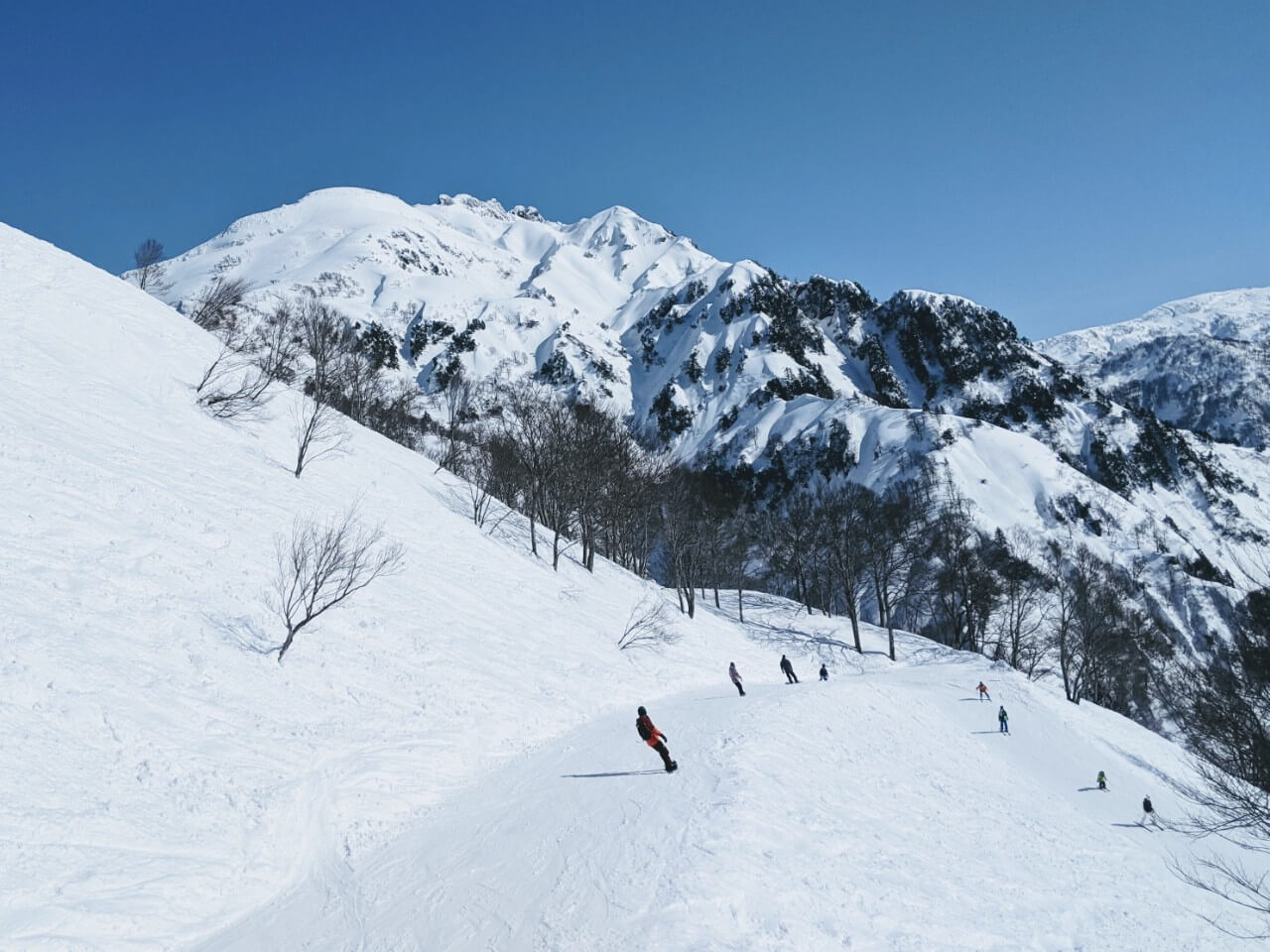

If you are traveling across Japan, including multiple cities and regions, then have a good look at the full JR Pass – it’s likely to offer better value and convenience. But if you are planning to visit only specific regions - Nagano, Niigata and nearby destinations such as Kanazawa or Nikko for the Nagano/Niigata Pass, and areas in Tohoku such as Akita, Aomori, or Fukushima and cities such as Sendai and Hachinohe for the Tohoku Pass, then the one of the JR East Passes might just be for you. Nagano and Niigata are home to numerous ski resorts, and purchasing the Nagano/Niigata Pass may allow you to move between multiple resorts for cheaper than purchasing tickets individually. International visitors coming to this region in winter for skiing and snowboarding should at least consider the Nagano/Niigata Pass.
THINGS TO DO IN TOKYO
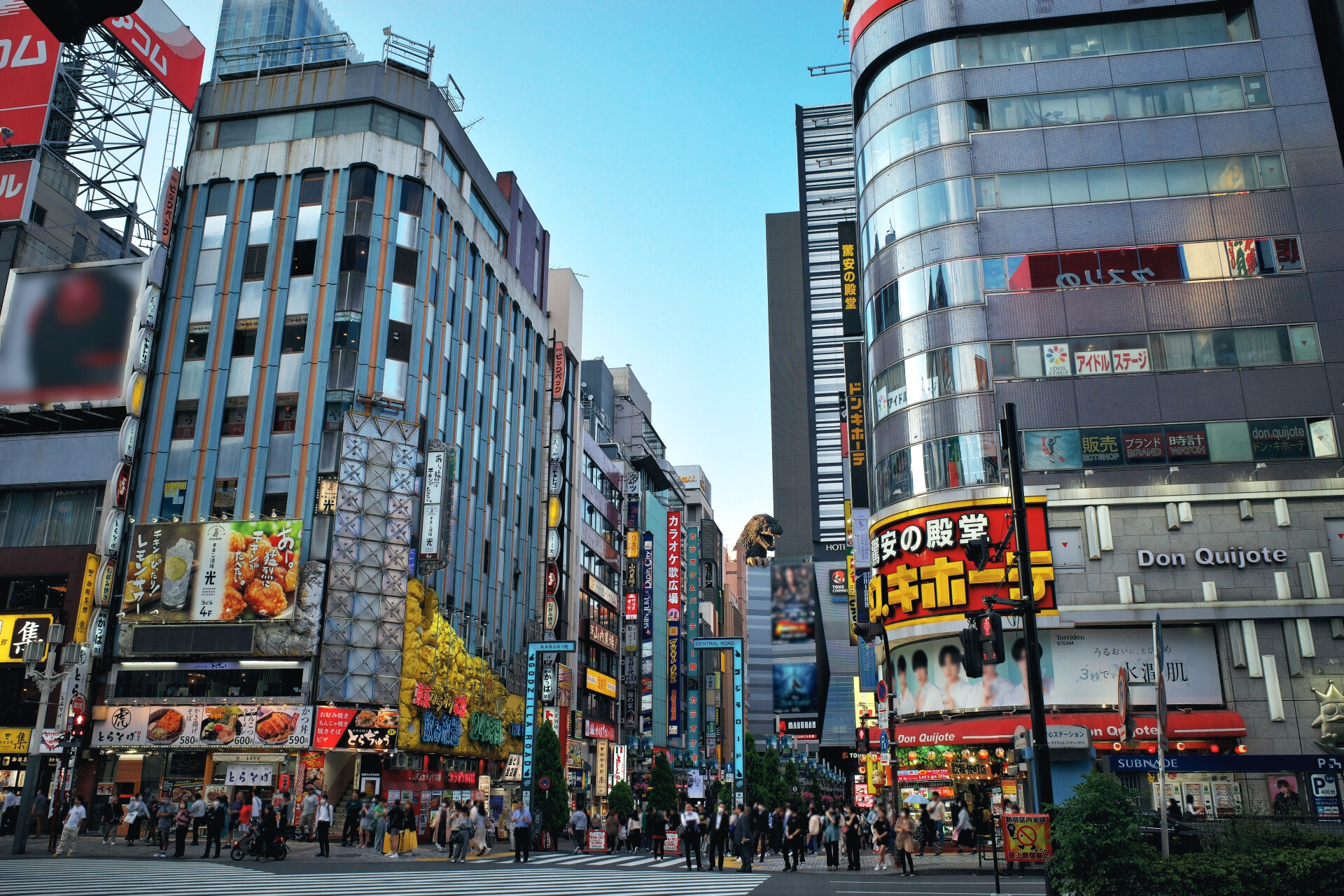
This page would not be complete without also suggesting our top recommendations on things to do in Tokyo as well. Why not check out our 25 Things to Do in Tokyo page which will also give you plenty of inspiration for your time spent in Tokyo. Here you will find some of the best activities and recommendations on how to spend your time in the Capital, as well as some tours that you can join to make the most out of your trip!
From watching Sumo wrestlers train to eating the freshest sushi at local markets, playing Taiko drums to exploring hidden shrines and temples, Tokyo truly has it all. Our Tokyo tours enable you to pick and choose from a wide range of areas and activities to explore during your trip. Want to explore lesser known neighbourhoods in Tokyo, or do you want to get into the hustle and bustle of the world’s most populated city, then click the link above and start exploring what you can do in Tokyo to make your trip unforgettable.
BEST TOURS IN TOKYO
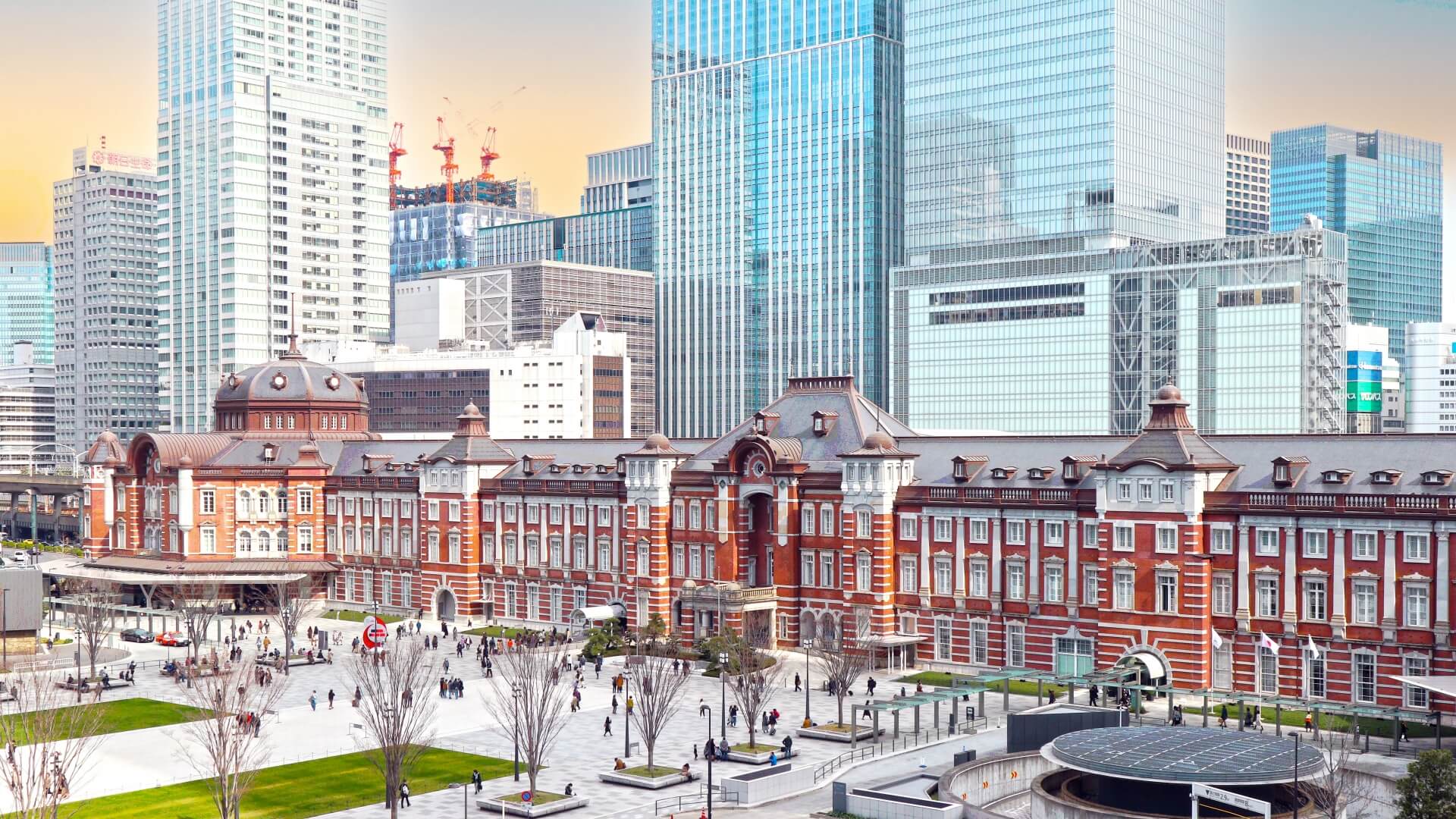
Tokyo is steeped in history. The city has faced many hardships from earthquakes, fires and the air raids of WW2, and unfortunately many of its oldest buildings and structures have disappeared over time. However, Tokyo does a fantastic job at celebrating and retaining much of its character and culture, with stunning renovations of temples and shrines, museums housing some of Japan’s finest artefacts, and pockets of neighbourhoods that have managed to preserve its original architecture despite the many challenges its faced. Pop culture lovers will rejoice at Japan’s modern aesthetic, with its bright lights and neon signs that make the city glow at night. There is so much to see and do in Tokyo. Check out our ’Best Tours in Tokyo’ page which will give you information on the best tours in Tokyo and the best day trips from Tokyo throughout the Kanto region.
30 DAY-TRIPS & GETAWAYS NEAR TOKYO
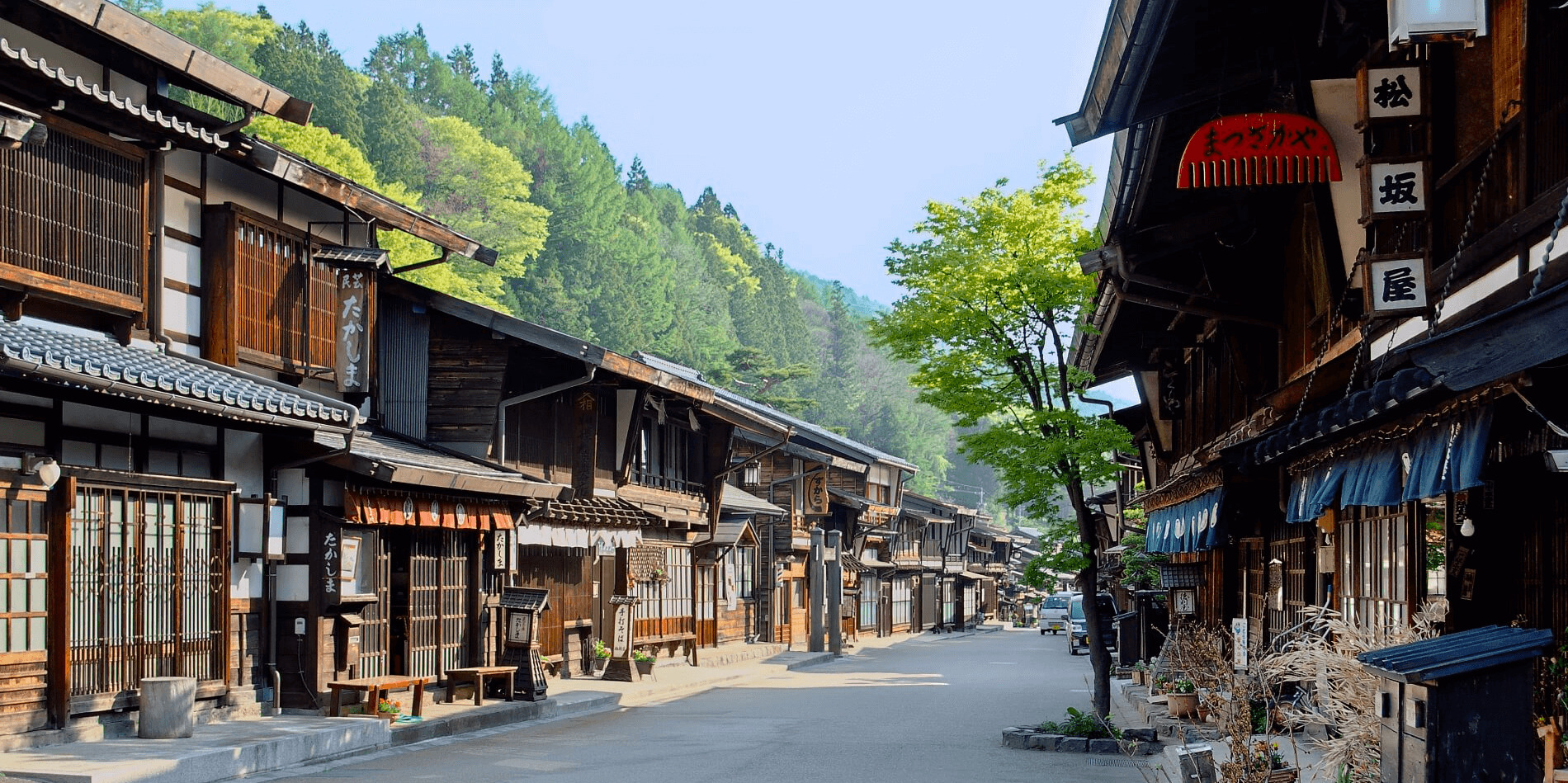
While Tokyo has more than enough to keep you entertained for your entire visit, it is also an ideal base from where to escape the city and explore our home region of Central Japan. Boasting the majority of Japan’s tallest mountains, verdant forests, open spaces, ancient temples and a slower way of life, it is everything that Tokyo is not. Our ’30 Things To Do Near Tokyo: Best Day-Trips & Overnight Getaways’ page includes some fantastic tips and suggestions of what’s on offer. We hope it tempts you to visit!
PLAN YOUR VISIT TO JAPAN
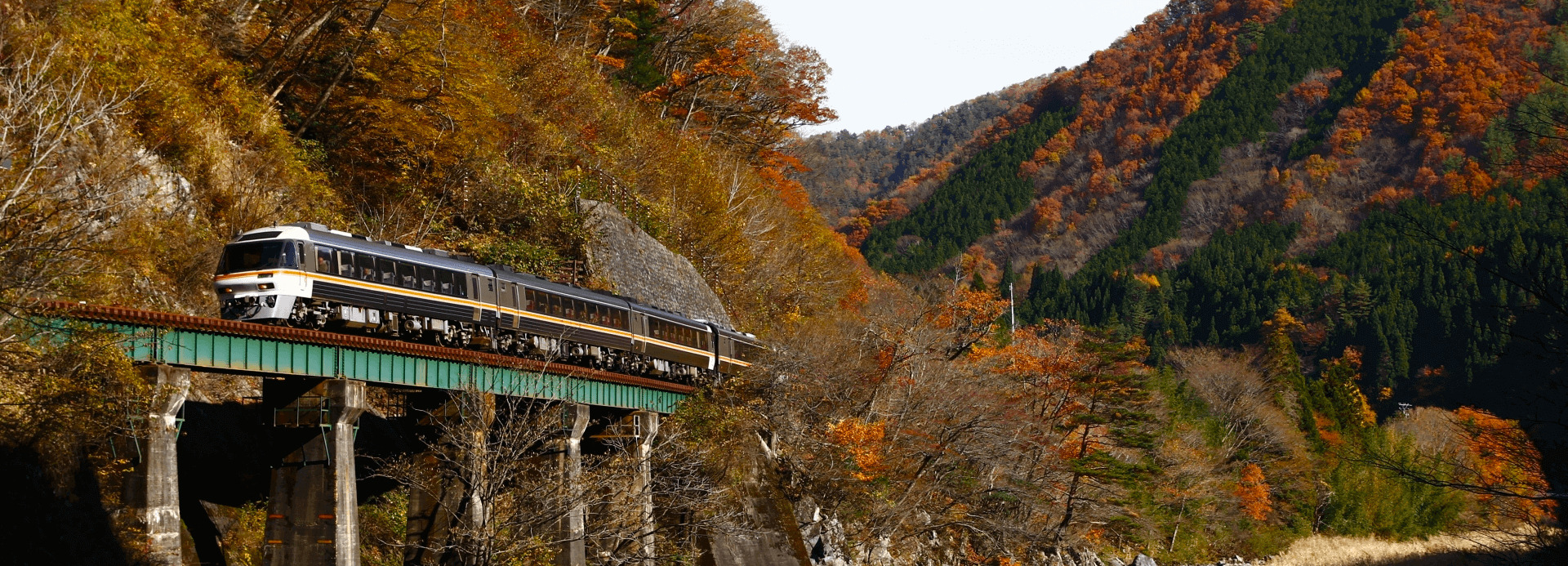

Unfathomable in its size and efficiency, Japan’s fantastic rail network makes moving around the country by train easy and comfortable, opening-up all regions of the country for exploration. Our ‘Plan Your Visit’ page has everything you need to know about visiting Japan – from tips on the best time to travel, to times to avoid, entering and exiting the country, money matters, staying connected, accommodation, staying safe and healthy and plenty more to ensure that you get the most out of your time here.














